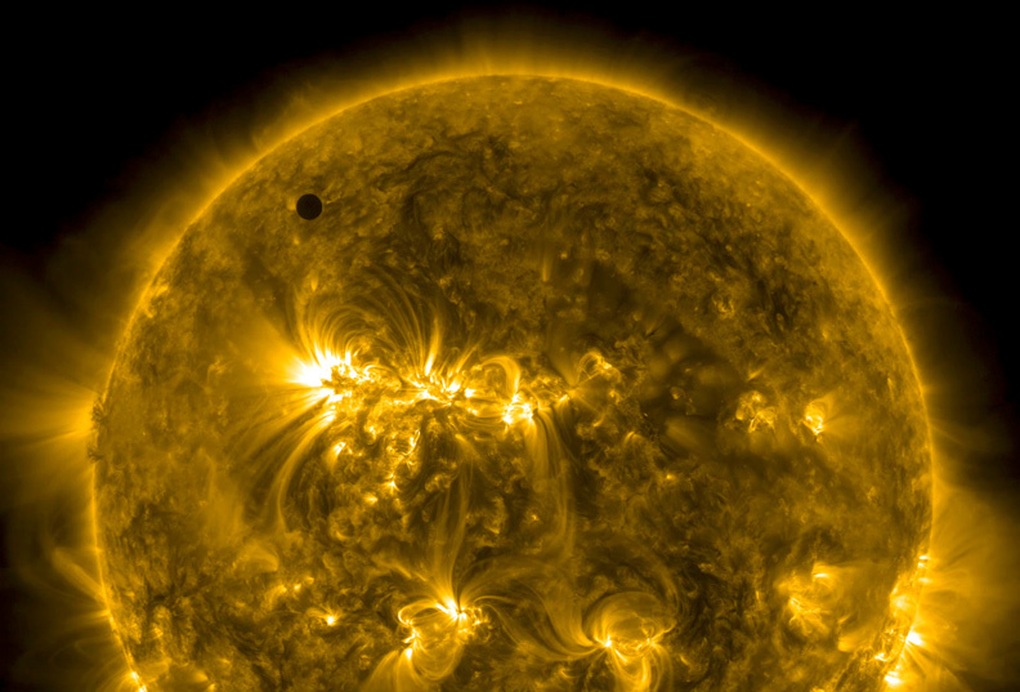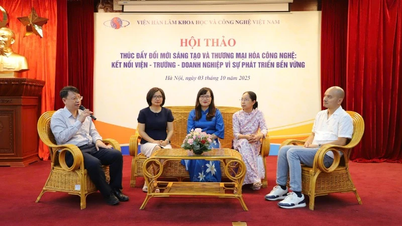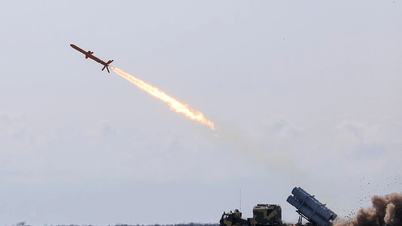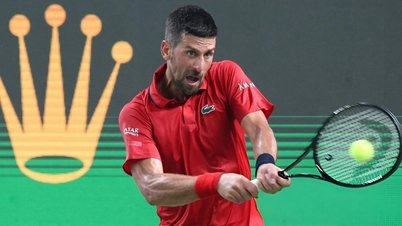
The Solar Dynamics Observatory captured Venus transiting the Sun (Photo: Planetary Society).
A study published in the journal Astronomy & Astrophysics shows that in the same orbital region as Venus, there may be hundreds of undiscovered asteroids “hiding” in the sunlight.
According to astronomer Valerio Carruba (São Paulo State University, Brazil), these asteroids actually orbit the Sun but are in a state of resonance with the orbit of Venus. Because they are difficult to observe, they are almost “invisible” and in the distant future could become a collision risk with Earth.
So far, scientists have identified only 20 asteroids in the region. They do not orbit Venus, but follow complex orbital patterns around the Sun. These orbits are chaotic, varying on average over about 12,000 years, and can only be reliably predicted for about the next 150 years.
During a random transformation, an asteroid can leave the stable zone around Venus, approaching and even crossing Earth's orbit.
“Asteroids measuring about 300m in diameter, capable of creating a 3-4.5km wide impact crater, releasing energy equivalent to hundreds of megatons, may be in this population,” Carruba said.
To assess the risk, Carruba's team simulated orbits with eccentricities below 0.38. The results showed that the possibility of an impact is real. However, even with a modern telescope like the Vera Rubin, detecting these asteroids is only possible during certain times of the year.
One proposed solution is to place an observatory in or near Venus’s orbit, which would make it easier to track objects. NASA’s NEO Surveyor project is also designed to fill in the “blind spot” in the inner Solar System.
Source: https://dantri.com.vn/khoa-hoc/tieu-hanh-tinh-tiem-an-nguy-co-va-cham-trai-dat-20251002015621164.htm





![[Photo] Students of Binh Minh Primary School enjoy the full moon festival, receiving the joys of childhood](https://vphoto.vietnam.vn/thumb/1200x675/vietnam/resource/IMAGE/2025/10/3/8cf8abef22fe4471be400a818912cb85)

![[Photo] Prime Minister Pham Minh Chinh chairs meeting to deploy overcoming consequences of storm No. 10](https://vphoto.vietnam.vn/thumb/1200x675/vietnam/resource/IMAGE/2025/10/3/544f420dcc844463898fcbef46247d16)
























































































Comment (0)